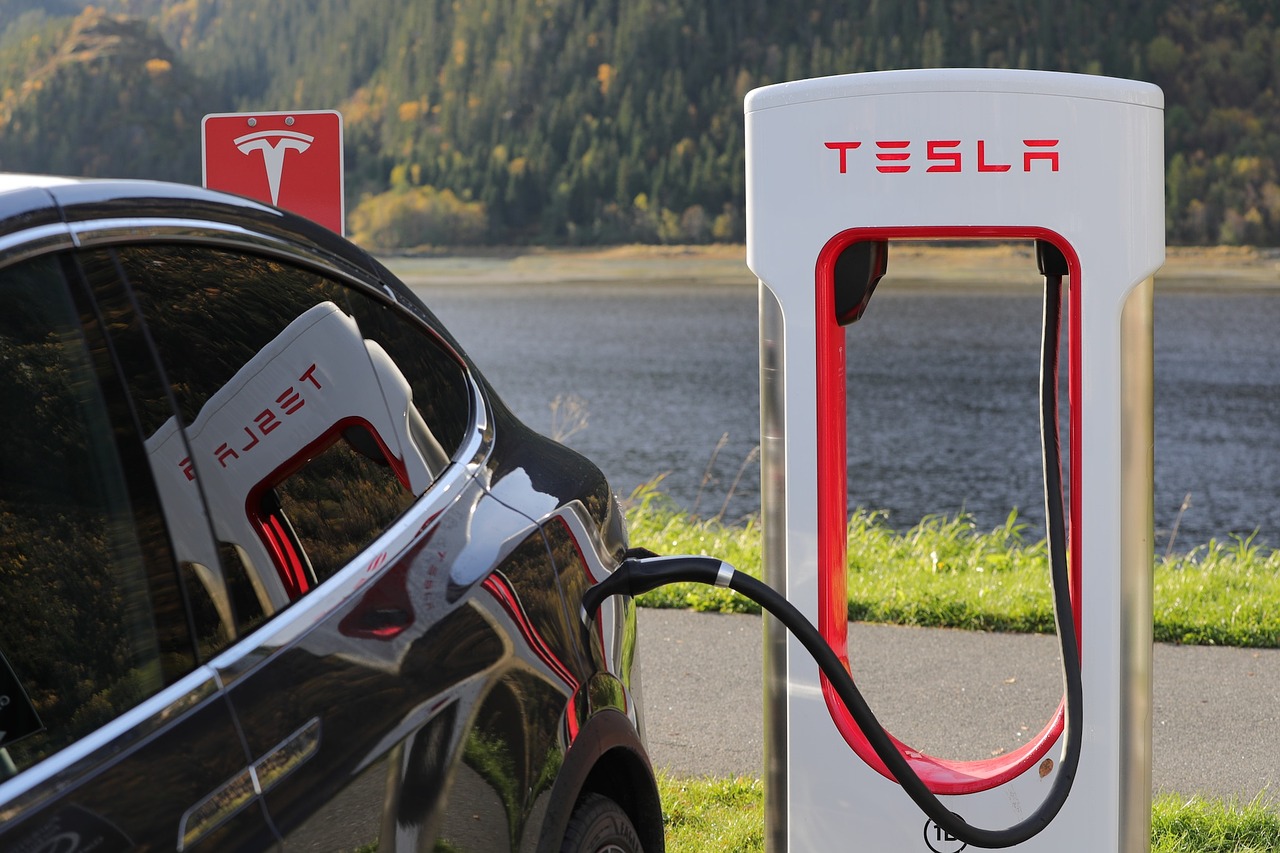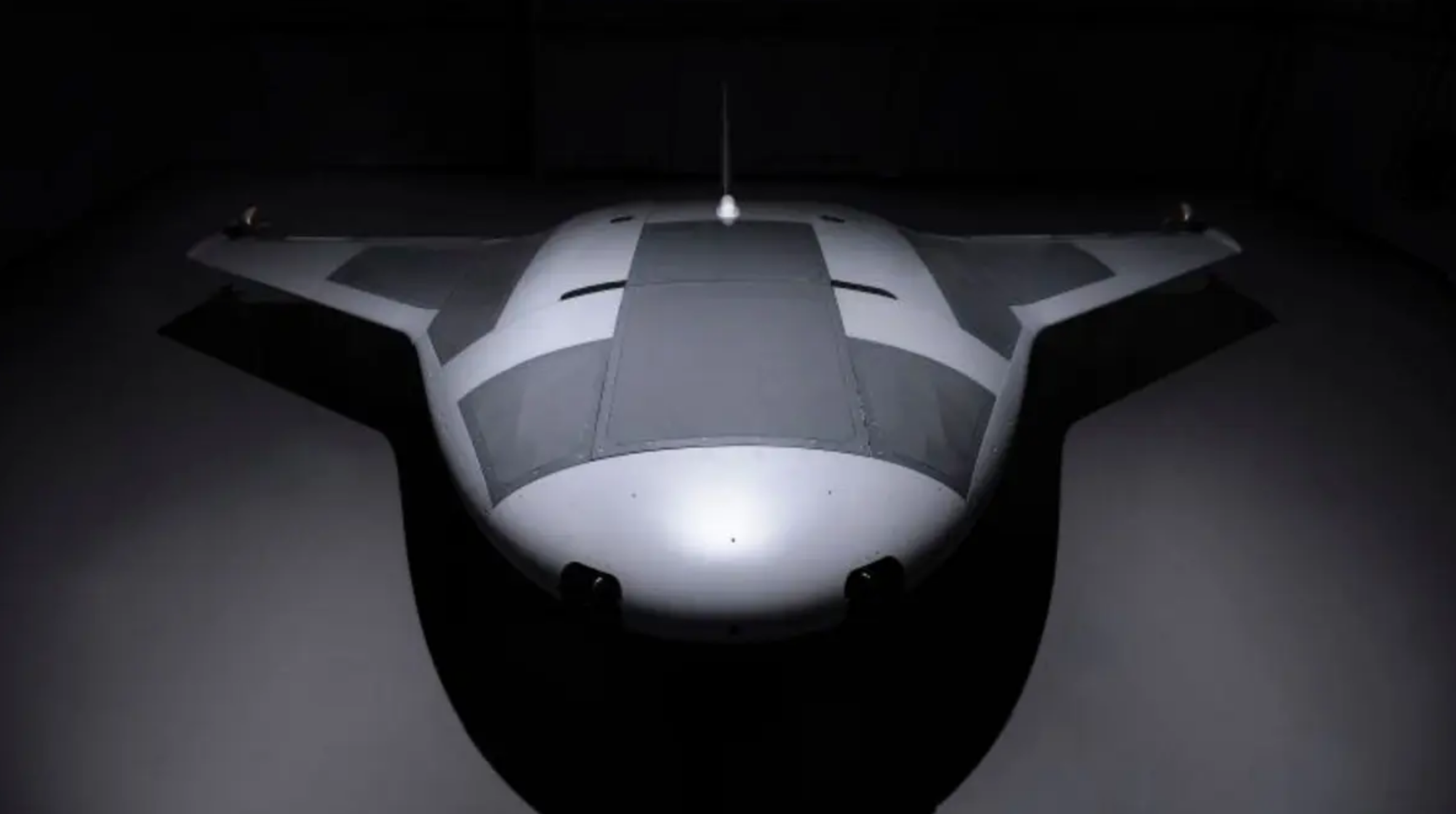The demand for energy storage is accelerating as the world leans towards renewables and electric vehicles for transport.
Conventional batteries such as lithium-ion are widespread in use today due to their superior energy density and stability. But these batteries come with an environmental cost. Lithium batteries contain toxic materials and can take hundreds or thousands of years to break down. Moreover if not recycled properly, these batteries can lead to an environmental disaster.
The batteries need to be Eco-friendly!
Now, researchers at the University of Maryland’s Center for Materials Innovation have used a chemical found in crab and lobster shells to make batteries more sustainable.
Scientists created a zinc battery with a biodegradable electrolyte from crustacean shells to store energy.
This valuable material can be easily obtained from seafood waste!
The new gel electrolyte is derived from a biological material called chitosan. Chitosan, a derivative product of Chitin is found abundantly in the exoskeleton of crustaceans, including crabs, shrimps, and lobsters. But this valuable material is usually thrown away as food waste from restaurants and a by-product of the food industry.
Since chitosan electrolyte is biodegradable, the battery will be degraded within months without leaving any harmful products while metal components could be easily recycled.
With an energy efficiency of 99.7% after about 400 hours and 1000 battery cycles, the zinc-chitosan battery is a viable option for storing energy.
Researchers Use Crab Shells To Develop a Sustainable Zinc Battery
By: | September 7th, 2022

Image by Wikimedia
More articles from Industry Tap...






